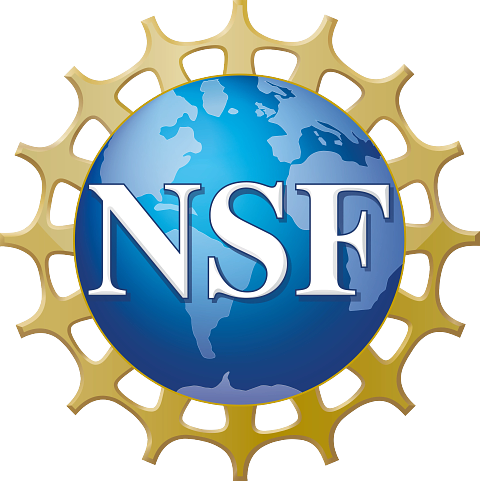Ray Cluster
Ray is an open-source unified framework for scaling AI and Python applications like machine learning. It provides the compute layer for parallel processing so that you don’t need to be a distributed systems expert. To run Ray applications on multiple nodes, you must first deploy a Ray cluster. This document is adapted from the official guide of RayCluster Quickstart for deploying and using a Ray Cluster on Nautilus in your namespace.
Deploy a RayCluster custom resource
Once the KubeRay operator is running, create a RayCluster Custom Resource (CR):
helm install raycluster kuberay/ray-clusterView the RayCluster CR:
Terminal window kubectl get rayclusters# NAME DESIRED WORKERS AVAILABLE WORKERS CPUS MEMORY GPUS STATUS AGE# raycluster-kuberay 1 1 2 3G 0 ready 121mThe KubeRay operator will detect the RayCluster object, then start your Ray cluster by creating head and worker pods. To vew Ray cluster’s pods, run the following command:
Terminal window kubectl get pods --selector=ray.io/cluster=raycluster-kuberayA
raycluster-kuberay-headpod and araycluster-kuberay-workerpod should be listed in the output:Terminal window # NAME READY STATUS RESTARTS AGE# raycluster-kuberay-head-8gjxh 1/1 Running 0 124m# raycluster-kuberay-worker-workergroup-w74gh 1/1 Running 0 124mRun an application on a RayCluster
Once the RayCluster has been deployed, users in the namespace can run Ray jobs. The most straightforward way is to exec directly into the head pod.
Identify the RayCluster’s head pod:
Terminal window export HEAD_POD=$(kubectl get pods --selector=ray.io/node-type=head -o custom-columns=POD:metadata.name --no-headers)echo $HEAD_POD# raycluster-kuberay-head-8gjxhExecute a Ray job to print the cluster resources:
Terminal window kubectl exec -it $HEAD_POD -- python -c "import ray; ray.init(); print(ray.cluster_resources())"# 2024-07-24 20:51:00,788 INFO worker.py:1405 -- Using address 127.0.0.1:6379 set in the environment variable RAY_ADDRESS# 2024-07-24 20:51:00,788 INFO worker.py:1540 -- Connecting to existing Ray cluster at address: 10.244.110.211:6379...# 2024-07-24 20:51:00,797 INFO worker.py:1715 -- Connected to Ray cluster. View the dashboard at http://10.244.110.211:8265# {'node:10.244.231.23': 1.0, 'memory': 3000000000.0, 'object_store_memory': 751175270.0, 'CPU': 2.0, 'node:10.244.110.211': 1.0, 'node:__internal_head__': 1.0}You may also submit a Ray job to the RayCluster via ray job submission SDK. For more information, please refer to https://docs.ray.io/en/latest/cluster/kubernetes/getting-started/raycluster-quick-start.html#method-2-submit-a-ray-job-to-the-raycluster-via-ray-job-submission-sdk
Access the Ray Dashboard
Execute this command to create a tunnel:
Terminal window kubectl port-forward service/raycluster-kuberay-head-svc 8265:8265Visit http://localhost:8265 in your browser for the Dashboard.
Cleanup
When the RayCluster is not needed anymore, delete the RayCluster CR:
Terminal window # Uninstall the RayCluster Helm charthelm uninstall raycluster# release "raycluster" uninstalledIt might take several seconds for the RayCluster’s pods to terminate. Confirm that the pods are gone by running:
Terminal window kubectl get pods
